Description
Chemistry*
| Min% | Max% | |
|---|---|---|
| Ni | Bal. | |
| Mo | 15.0 | 17.0 |
| Cr | 14.5 | 16.5 |
| Fe | 4.0 | 7.0 |
| W | 3.0 | 4.5 |
| Co | 2.5 | |
| Mn | 1.0 | |
| C | 0.01 | |
| V | 0.35 | |
| P | 0.04 | |
| S | 0.03 | |
| Si | 0.08 |
Applications
Some typical applications include equipment components in chemical and petrochemical organic chloride processes and processes utilizing halide or acid catalysts. Other industry applications are pulp and paper (digesters and bleach areas), scrubbers and ducting for flue gas desulfurization, pharmaceutical, and food processing equipment.
Alloy C-276 sheet 0.044″ thick in the heat-treated condition at 2050 °F, rapid quenched, has an average olsen cup depth of 0.48″. C-276 can be successfully fabricated by many methods. The alloy tends to work harden but with the proper care, the alloy is readily hot and cold formed.
- Digesters and bleach plants in the paper industry.
- Components exposed to sour gas.
- Equipment for flue-gas desulphurisation plants.
- Evaporators, heat exchangers, filters and mixers used in sulphuric acid environments.
- Sulphuric acid reactors.
- Organic chloride process equipment.
- Equipment for processes utilising halide or acid catalysts.
General Data
- Superior corrosion resistance.
- Almost double the yield strength.
- Exceptionally low magnetic permeabilty.
- Outstanding cryogenic properties.
- Outstanding corrosion resistance.
Mechanical Properties
The typical properties listed can usually be provided in rounds, sheet, strip, plate, & custom forgings. We have the equipment to produce small quantities in special sizes to meet our customers’ specific needs. The table below shows Special Metals’ Typical Room-Temperature Tensile Properties of Annealed Material alloy C-276 Bars, Sheet, & Plate. For most common forms and exceptions, check out the datasheet linked underneath the table.
| Form | UTS ksi (MPa) | YS ksi (MPa) | Elong., % | Rockwell Hardness |
|---|---|---|---|---|
| Plate | 107.4 (741) | 50.3 (347) | 67 | 89B |
| Sheet | 115.5 (796) | 54.6 (376) | 60 | 86B |
| Bar | 110.0 (758) | 52.6 (363) | 62 | 88B |
UTS = Ultimate Tensile Strength, YS = Yield Strength
Common Specifications
Note that the specifications listed are common for this alloy but are for reference only and may be specific to a certain form. The specifications listed are not comprehensive nor indicative of any edition, revision, or similar such as an amendment. Please, reach out to our sales department to request the Material Test Report (MTR) or to confirm your required specifications.
| Form | Standard |
|---|---|
| Identification | UNS N10276, DIN 17744, DIN 17750 – 17754, W. Nr. 2.4819 |
| Bar | ASTM B574, ASTM B564, ASME SB574, ASME SB564 |
| Sheet, Plate, or Strip | ASTM B575, ASTM B906, ASME SB575, ASME SB906 |
| Pipe – Seamless | ASTM B622, ASME SB622 |
| Pipe – Welded | ASTM B619, ASME SB619 |
| Tube – Seamless | ASTM B622, ASTM B626, ASME SB622, ASME SB626 |
| Tube – Welded | ASTM B626, ASTM B751, ASME SB626, ASME SB751 |
| Fitting | ASTM B366, ASTM B462, ASME SB366, ASME SB462 |
| Forging | ASTM B564, ASTM B574, ASME SB564, ASME SB574 |
| Weld Wire | UNS N10276/ W. Nr. 2.4886/ AWS A5.14 ERNiCrMo-4/ ASME IX F-No. 43 |
| Weld Electrode | UNS W80276/ W. Nr. 2.4887/ AWS A5.11 ENiCrMo-4/ ASME IX F-No. 43 |
Machining
Nickel and cobalt based alloys can be difficult to machinine. However, it should be emphasized that these alloys can be machined using conventional production methods at satisfactory rates. These alloys harden rapidly, generate high heat during cutting, weld to the cutting tool surface and offer high resistance to metal removal because of their high shear strengths. The following are key points which should be considered during machining operations:
- CAPACITY – Machine should be rigid and overpowered as much as possible.
- RIGIDITY – Work piece and tool should be held rigid. Minimize tool overhang.
- TOOL SHARPNESS – Make sure tools are sharp at all times. Change to sharpened tools at regular intervals rather than out of necessity. A 0.015 inch wear land is considered a dull tool.
- TOOLS – Use positive rake angle tools for most machining operations. Negative rake angle tools can be considered for intermittent cuts and heavy stock removal. Carbide-tipped tools are suggested for most applications. High speed tools can be used, with lower production rates, and are often recommended for intermittent cuts.
- POSITIVE CUTS – Use heavy, constant, feeds to maintain positive cutting action. If feed slows and the tool dwells in the cut, work hardening occurs, tool life deteriorates and close tolerances are impossible.
- LUBRICATION – lubricants are desirable. Soluble oils are recommended especially when using carbide tooling.

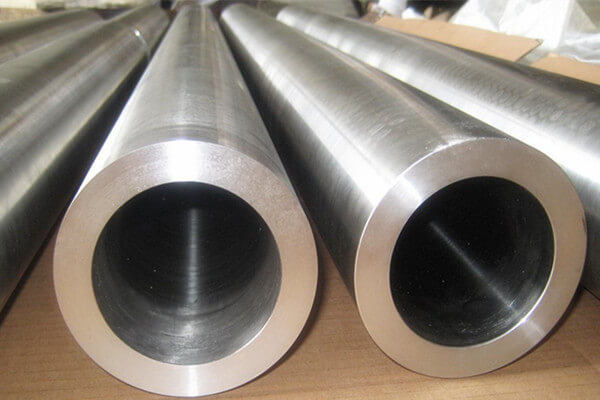
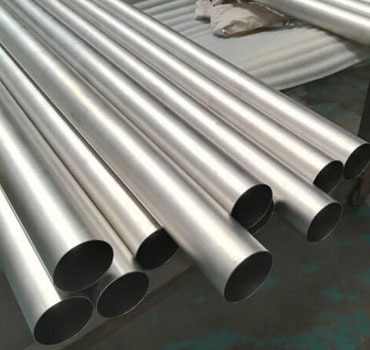
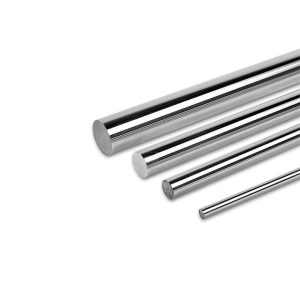
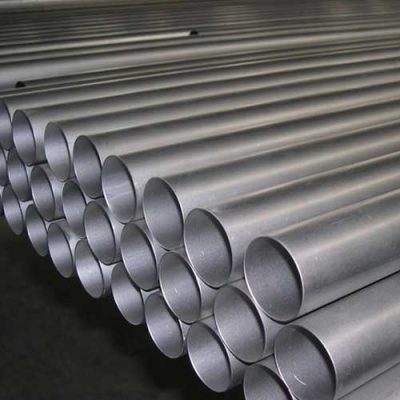
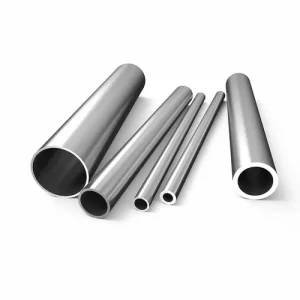
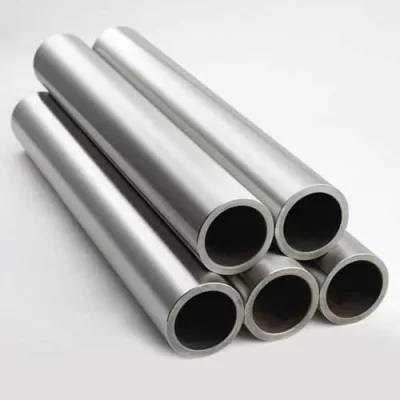
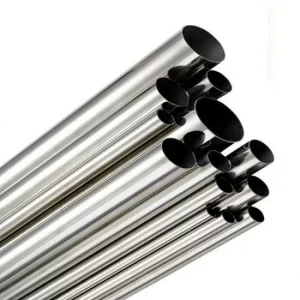
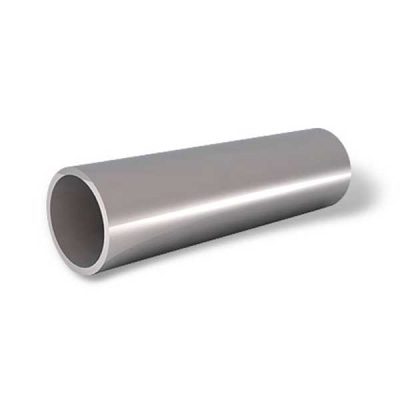
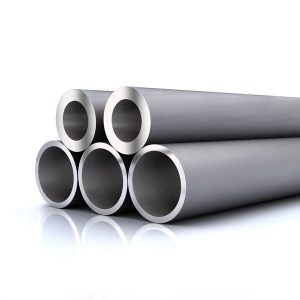
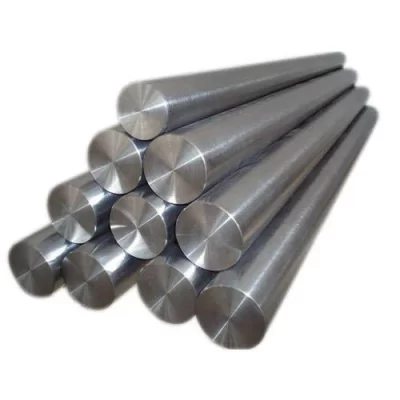
Reviews
There are no reviews yet.